
When all else fails — lack of actual warming, etc. — the global warmers claim that increased carbon dioxide will make the seas acid and dissolve the shells off all the little sea creatures.
The Economist magazine has just gone one farther and predicted that it will also cause blight.
Hundreds of ludicrous claims have been made about the effect of higher atmospheric CO2 levels on this and that, but when The Economist feels the need to join the clamor of idiotic voices, it means something.
Figure 1: Article reproduced from The Economist
The photo The Economist used to illustrate its article seemingly shows London police wrestling with agitated loons from Extinction Rebellion.
The Economist “tugs at the insecurities and ambitions of the status-seeking reader” who wears “aspirations of worldliness.”
In short, The Economist instructs its readership in what the proper view on a subject is. What the article means is that the long retreat from global warming alarmism has begun.
The magazine’s readership may crave acceptance and be highly susceptible to suggestion, but not all would be completely stupid. Thus, some would notice colder winters and the fact that the world has hardly warmed at all.
And some would be aware that higher atmospheric CO2 levels are beneficial to crop production — and then start thinking that higher atmospheric CO2 levels are all good with no downside.
So The Economist comes up with a vague notion about something that might go wrong at an unspecified time. In effect, The Economist is conducting a fighting retreat in the death of the global warming meme.
The truth of the matter is that the plants that most of our diet is derived from, the grasses, evolved when CO2 levels were five times what they are today. The following figure is a screenshot from a presentation by Patrick Moore:
Figure 2: Projected CO2 Level in the Absence of Human Emissions
The Earth’s atmosphere started off at 200,000 ppm CO2. The first plants came along three billion years ago, and by 120 million years ago, the atmospheric concentration of CO2 was down to one-hundredth of its initial level — and then kept falling.
If it had kept on that trajectory, all life above sea level would have died off from lack of CO2 about five million years from now.
Humans evolved just in time to save Creation. That is the inspiring story that should be told, not that there might be blight.
David Archibald is the author of American Gripen: The Solution to the F-35 Nightmare.
Read more at American Thinker


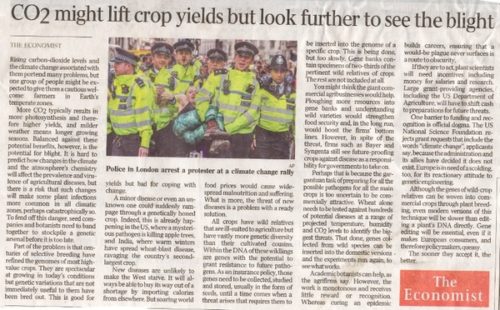
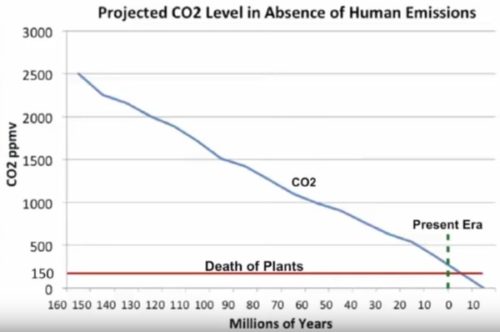










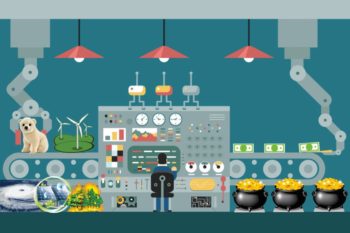
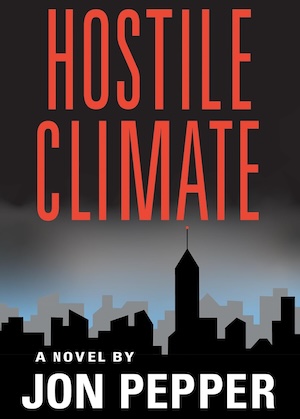
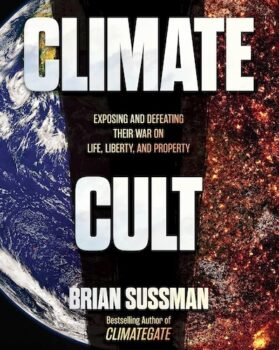
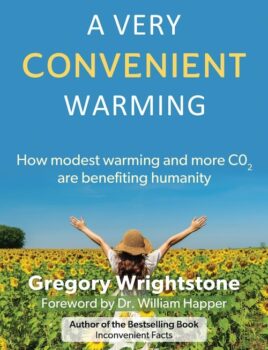
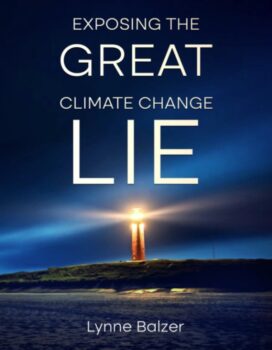
If only that were really true. Humans have never generated enough CO2 to “save creation”, not even close. Humans perhaps gave creation an extra day, but that’s about it.
The problem is, Earth is only couple of CO2 cycles away from planetary extinction. That is, CO2 cycles up and down, but as you rightly show in your graph, the overall trend over billions of years is steadily decreasing. Earth may in fact peak up to around 1000ppm again, but it will dip again afterward. The next CO2 dip may be below survivability. Fortunately for all of those alive today, we will never have to contend with CO2 depletion. Consider yourselves lucky!!! .. starvation is a terrible thing!
What are you talking about? .. The Economist has always been on the Global Warming bandwagon. My father has subscribed to them for decades. They have always been AGW cultists.
The Economist is for people who can’t think for themselves .
The good news is they will be gone along with the planet in less than 12 years .
Some how AOC will survive doing CNN .
The Economist Jumping on the hay wagon and landing on a hidden pitchfork